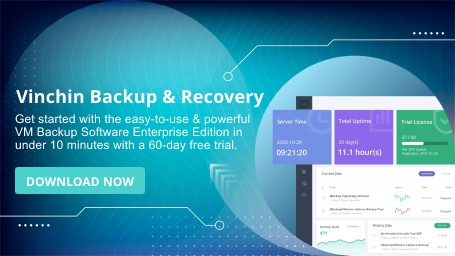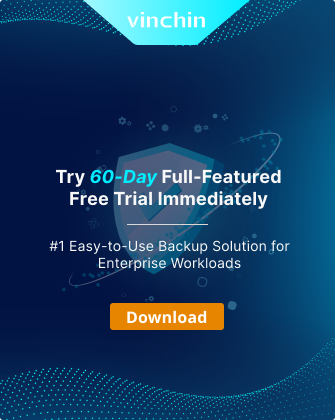-
How to export a VM list using vSphere Web Client?
-
How to export a VM list List using PowerCLI?
-
How to export a VM list List using Third-Party Tools?
-
Streamlining VMware management and backup with Vinchin
-
VMware export VM list FAQ
-
Conclusion
In a virtualized environment, virtual machines are one of the core resources. With the widespread adoption of virtualization platforms like VMware, administrators need to manage and maintain a large number of VMs. In this context, quickly retrieving VM information becomes an essential task in daily management. Exporting a VM list not only helps administrators monitor resources, optimize performance, and conduct audits but also provides valuable reference data during data backups, migrations, or troubleshooting.
Whether performing bulk operations on VMs, generating reports, or conducting capacity planning and resource scheduling, exporting VM lists is an indispensable function. By exporting a VM list, administrators can quickly understand the configuration, status, and resource usage of VMs, allowing them to make more efficient decisions.
This article will introduce several common methods for exporting VMware VM lists, including using vSphere Web Client, PowerCLI scripting tools, and third-party tools. Each method offers unique advantages and use cases, helping administrators choose the most suitable export method based on the situation and enhance management efficiency.
How to export a VM list using vSphere Web Client?
Steps to Export:
Log in to vSphere Web Client with an administrator account.
Go to Inventory View: Click "Main Menu", then select "Hosts and Clusters".
Select Virtual Machines from the left navigation tree and choose the host or cluster.
Click the Export icon in the upper-right corner of the VM list and select a format (CSV or Excel).
Pros and Cons:
Pros:
Easy to Use: No need for scripting knowledge, ideal for beginners.
Real-time Data: Data exported reflects the most current VM state.
Cons:
Limited Customization: Export format and content are predefined, restricting flexibility.
Manual Process: Requires manual execution, with no automation options.
How to export a VM list List using PowerCLI?
Steps to Export:
Install PowerCLI:
Install-Module -Name VMware.PowerCLI -Scope CurrentUser
Connect to vCenter Server:
Connect-VIServer -Server <vCenter_Server_IP>
Retrieve and Export VM List: Use the following command to export the VM list:
Get-VM | Select-Object Name, PowerState, NumCpu, MemoryMB, Guest | Export-Csv -Path "C:\VMList.csv" -NoTypeInformation
Pros and Cons:
Pros:
Highly Customizable: Allows you to select exactly what data to export.
Automation: The process can be scheduled as a task for recurring exports.
Cons:
Learning Curve: Requires familiarity with PowerCLI and PowerShell scripting.
Environment Dependency: Must be run on a machine with PowerCLI and PowerShell installed.
How to export a VM list List using Third-Party Tools?
Steps to Export:
Choose a Tool: Select from third-party tools like RVTools or Veeam ONE.
Install the Tool: Follow the installation guide of the selected tool.
Connect to vCenter Server: Use the tool's built-in connection feature to link to the vCenter Server.
Export the VM List: Use the tool's export function to choose which data to export and in what format.
Pros and Cons:
Pros:
Feature-Rich: Offers additional features like data analysis and enhanced reporting.
User-Friendly: Most tools come with intuitive interfaces that simplify the export process.
Cons:
Cost: Many third-party tools require a license purchase.
Third-Party Dependency: Dependent on the vendor for software updates and stability.
Streamlining VMware management and backup with Vinchin
To ensure seamless management of VMware environments, administrators often need to export lists of virtual machines. While PowerCLI offers a highly customizable and automated way to export VM data through PowerShell scripting, the vSphere Web Client provides a simpler, though less flexible, graphical option. For those seeking enhanced data analysis and reporting, third-party tools like RVTools or Veeam ONE can be valuable, though they generally come with licensing costs.
Vinchin Backup & Recovery steps in to simplify and strengthen virtual machine management. It offers a powerful suite of backup and recovery features, including fast VM recovery, granular file restore, and V2V migration. By seamlessly integrating with VMware and other virtual environments, Vinchin ensures that backup and recovery processes are not only more efficient but also more reliable, providing a robust safety net for critical data and operations.
Vinchin Backup & Recovery's operation is very simple, just a few simple steps.
1.Just select VMs on the host
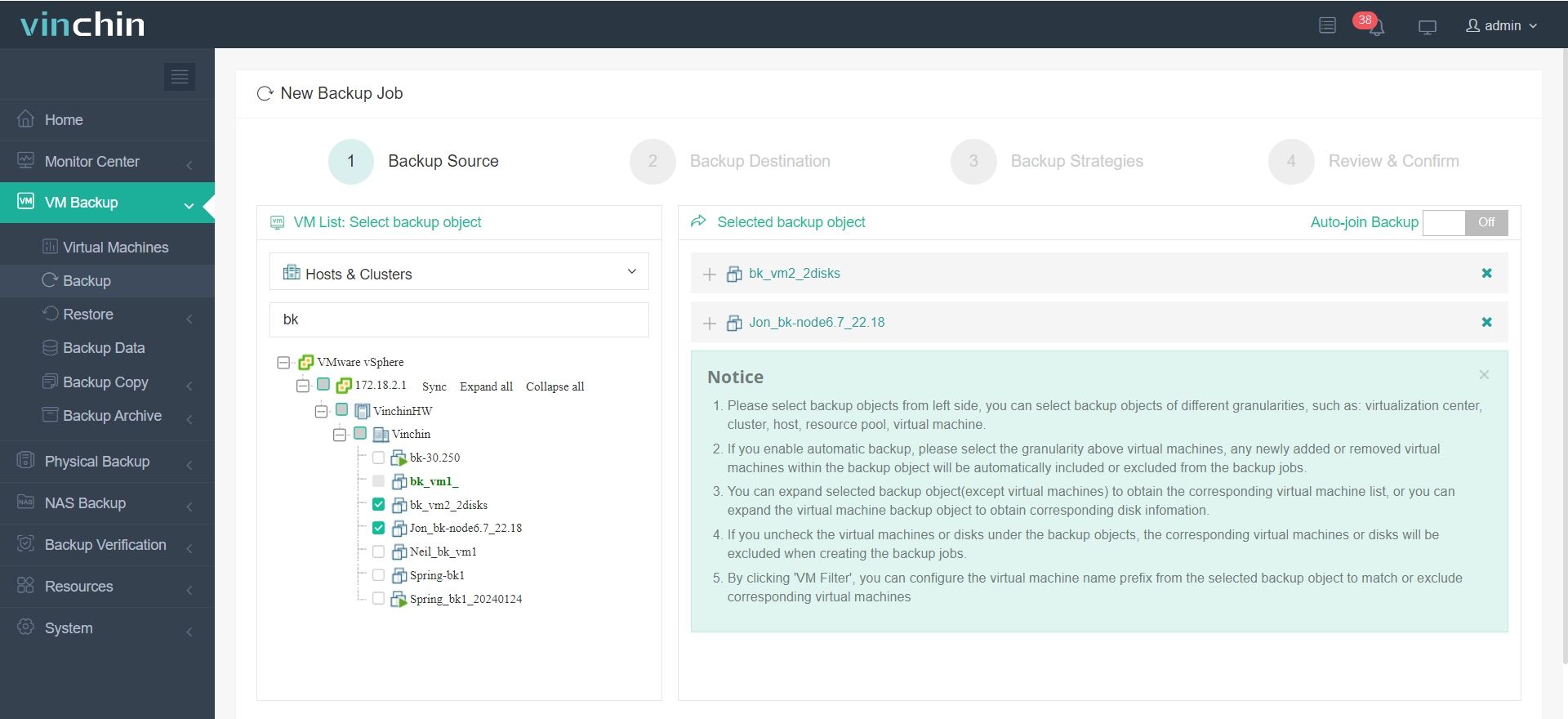
2.Then select backup destination
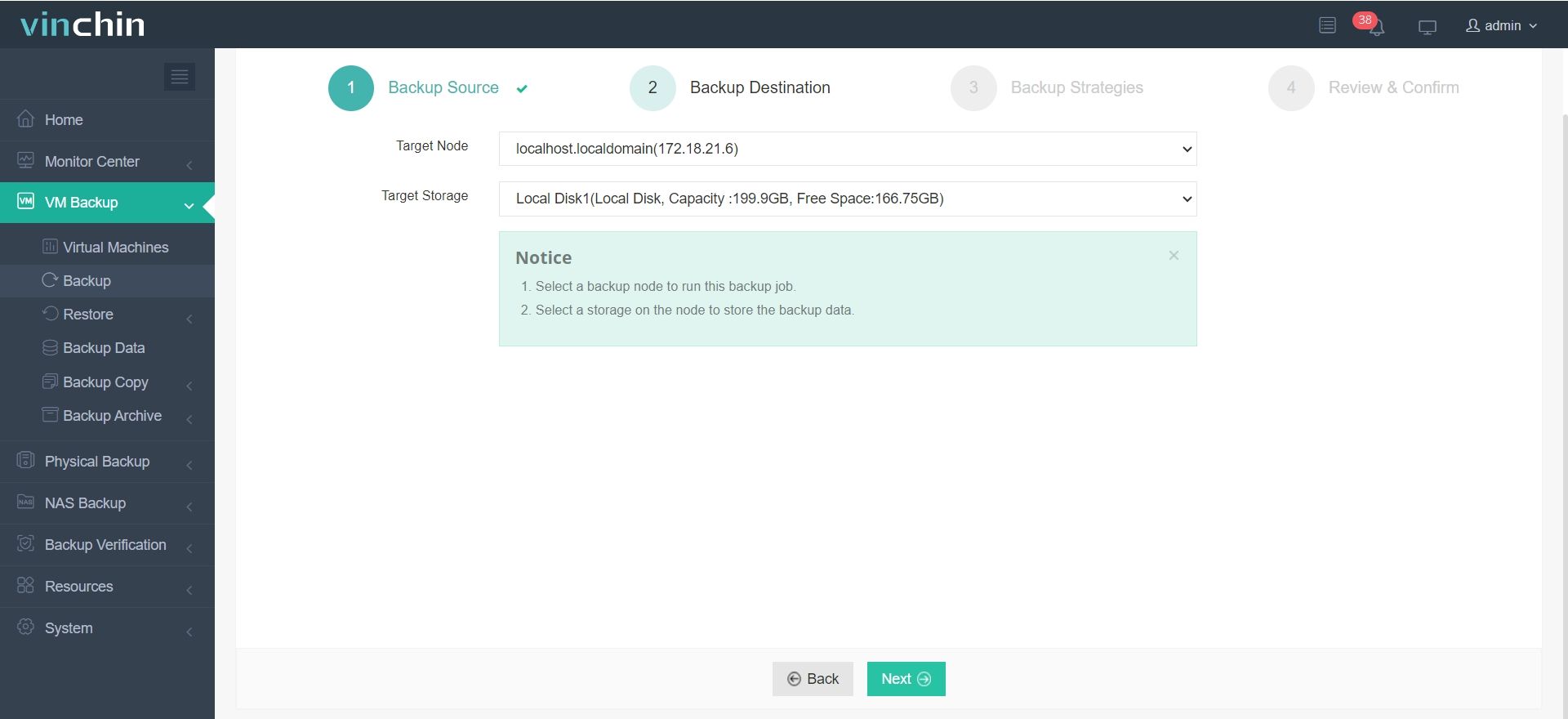
3.Select strategies

4.Finally submit the job
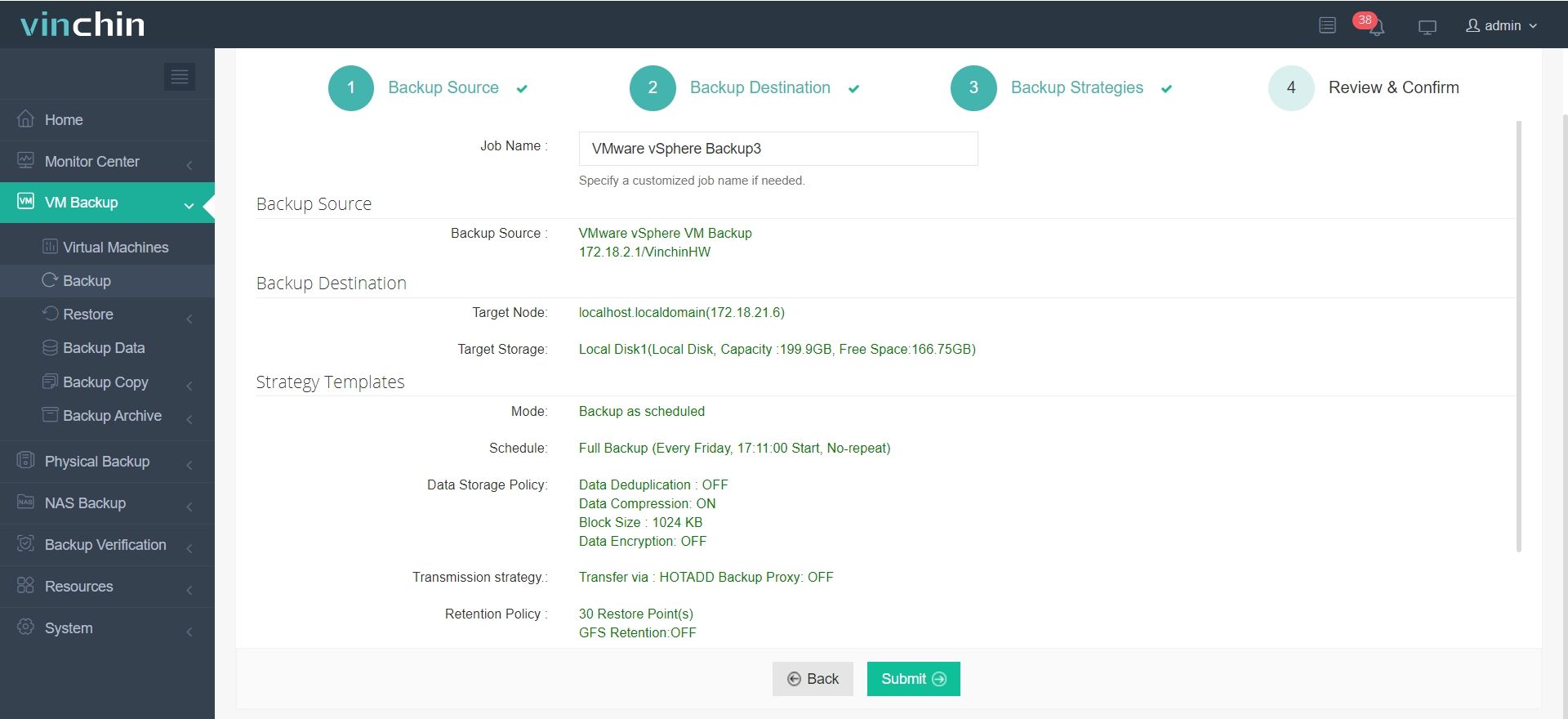
Vinchin provides a 60-day free trial, allowing users to explore its full functionality in a real-world setting. To learn more or to get started, feel free to reach out to Vinchin directly for additional details.
VMware export VM list FAQ
Q1: Why can't I export the VM list?
A1: This may be due to insufficient permissions. Make sure you have sufficient permissions to access and export the VM information in the selected object.
If you are using PowerCLI, make sure that you have successfully connected to the correct server and that there are no typos or other syntax errors.
Conclusion
In conclusion, exporting VM lists in VMware environments can be done via the vSphere Web Client, PowerCLI, or third-party tools, each with its own advantages and drawbacks. Vinchin Backup & Recovery enhances VM management with efficient backup, recovery, and migration features.
Share on:


